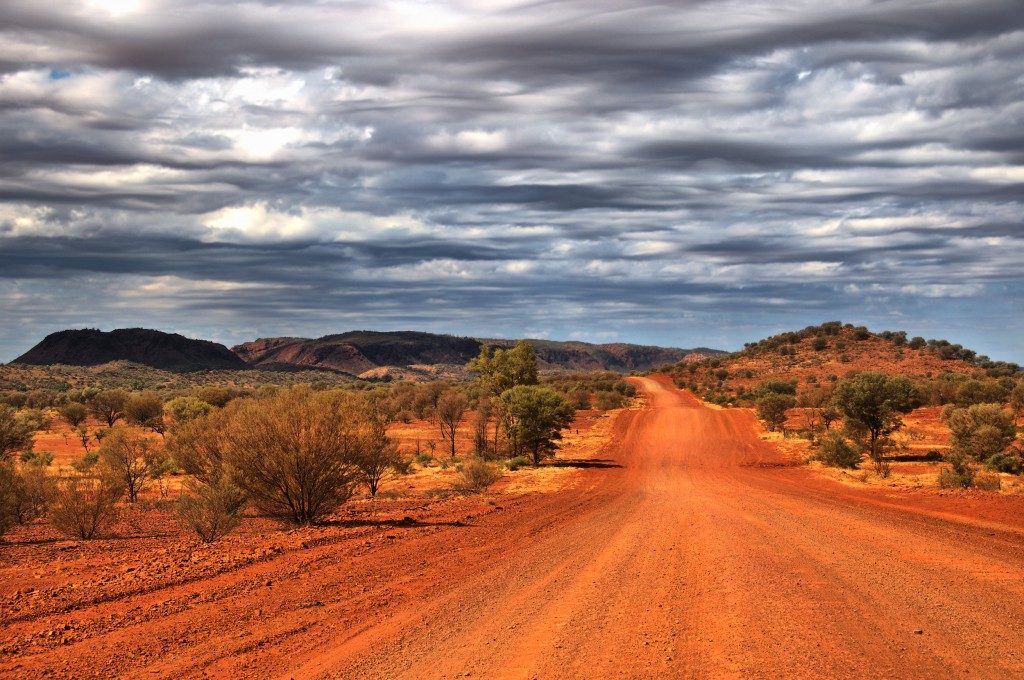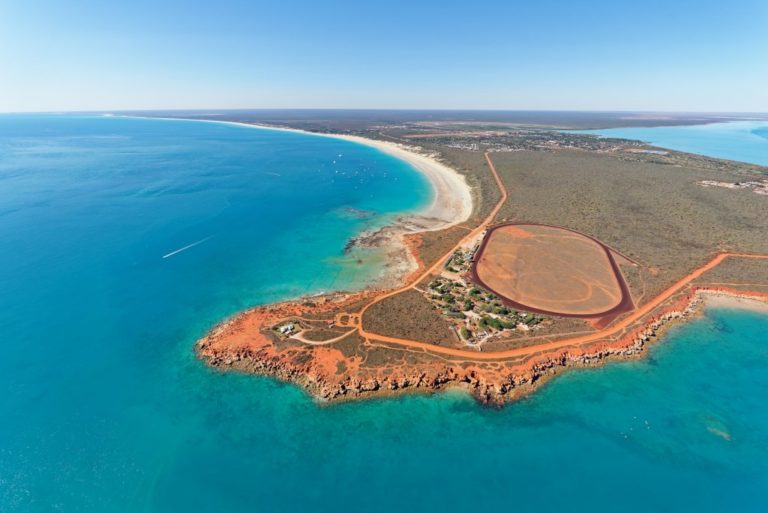Tasmania is an island off the south of Australia and is known for its unique flora and fauna, which can be as fascinating as its continental counterparts. Tasmania has seen many fascinating stories of survival, but the most well-known and the most neglected is a marsupial that owes its fame to a cartoon and an Aboriginal princess who was the last of her kind.
A Not so Looney Marsupial
One of these unique creatures is the Tasmanian Devil. Made famous by the Looney Tunes character, they were named “devils” because of their aggressive nature, sharp teeth and growls that many early European settlers found otherworldly. Tasmanian devils are considered one of the largest carnivorous marsupials, having the size of a small dog and packing a strong bite force. They also have black or brown fur with long whiskers and dark eyes.
Once common all over Australia, the devils have decreased in numbers due to the introduction of Dingos, the reduction of their habitats, and the prevalence of wild cats and foxes. These factors have made the devils endangered, and has made Tasmania more significant as their last bastion.
The Other Tasmanian Story
Another tragic story from Tasmania is the story of Truganini. She was an Aboriginal tribeswoman who was considered to be the last person native to Tasmania, and who was a full-blooded Tasmanian. Her name is preserved for posterity in Truganina, a suburb in Melbourne, to commemorate her visit to the area. Many people who buy lands for sale in Truganina often do not know the story behind the name.
Truganini was born on Bruny island in 1812 and the daughter of the Chief of the island, known as Mangana. Truganini got her name from a grey bush. Truganini’s early life was rough, as whalers killed her mother while slavers abducted her other relatives.
The threats of the settlers also meant Aborigines were in danger and captured for rewards by being lured into traps and camps. But Truganini escaped abduction and slavery, mainly through the help of a man named George Robinson.
Robinson helped transport Truganini and a handful of her tribespeople to safety in Flinders island though it meant isolation for many of them. The group of less than 100 eventually decreased in number due to disease and malnutrition.
The group eventually became outlaws and were at odds against other settlers in Melbourne. Truganini joined these raids and was shot in the head, but she survived. Truganini was sent to trial and sent back to Flinders Island.
Truganini was later declared as the sole survivor of the group that remained in Flinders Island. She died soon after. But in 1997, the Royal Albert Memorial Museum gave back to Tasmania some of Truganini’s belongings, particularly her necklace and bracelet.
Tasmania’s Survivors and a Call for Help

Truganini and the Tasmanian Devil have become symbols of Tasmania’s survival. Their stories continue to resonate in our modern culture, as many native tribes and wild animals around the world continue to face the challenges of surviving in a modern world. It only remains if we are responsive to their call.




